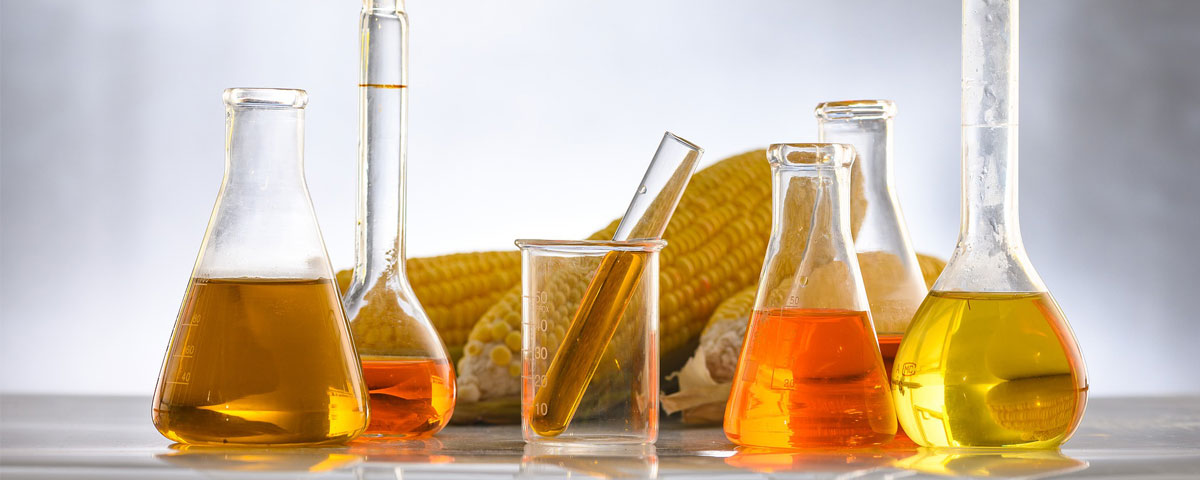Bioethanol: a fuel extracted from agricultural products

In recent years there has been increasing interest in bioethanol as a fuel derived from agricultural products. But what is bioethanol?
Bioethanol is the ethyl alcohol (ethanol) obtained from the fermentation process of agricultural products or vegetable biomass.
Bioethanol can also be used as a biofuel for fireplaces and boilers, but is mainly used as a fuel, in the form of pure bioethanol, or blended with petrol. It is therefore considered a biofuel, such as biodiesel, biogas and vegetable oils.
Among biofuels, bioethanol is the most widespread also because it is quite easy to produce.
How is bioethanol produced?
To produce bioethanol there are 2 possible alternatives, which are characterised by the raw materials used:
- First generation bioethanol
Sugar-rich agricultural products can be used, as the fermentation process takes place thanks to the glucose contained in starch-rich cereals such as maize or using sugar cane. Bioethanol produced in this way is called first generation bioethanol. Maize is widely used in the United States, for example, while sugar cane is mainly used in Brazil.
To produce bioethanol from these products, it is necessary to process the parts containing the sugars to which yeast is added to promote alcoholic fermentation, and then proceed with the extraction of the ethanol.
The production of first generation bioethanol has its limits, however, because it requires the use of edible plants to obtain fuel, which are therefore diverted away from their use as food.
- Second generation bioethanol
The alternative is to use another glucose-rich resource such as cellulose. This method also makes it possible to exploit plants without commercial use or waste plants, including algae, without taking land away from food crops. Also in this case the yeast ferments the glucose, which is found in cellulose. This is how second generation bioethanol is obtained.
Bioethanol-based fuels
Bioethanol is a fuel that has certain advantages, including a high octane count and a lower cost than other traditional fuels. It can be used in pure form or blended with petrol, obtaining fuels that are characterised by the percentage of bioethanol present. They have for example:
- E10: 10% bioethanol and 90% petrol
- E20: 20% bioethanol and 80% petrol
- E85: 85% bioethanol and 15% petrol
- E100: 100% bioethanol
Having physico-chemical characteristics similar to those of petrol, bioethanol is used in petrol as an additive with the aim of improving performance in terms of octane and reducing emissions of certain pollutants. Fuels that blend petrol and bioethanol up to 10% can be used in normal petrol engines of the main manufacturers.
Compared to petrol, however, it must be considered that bioethanol has a lower energy content and therefore more fuel is needed to achieve the same results.
To use fuels based on bioethanol in higher percentages, or in the form of pure alcohol, vehicles fitted with a flex engine are required. This solution is now widely available in Europe, in the United States and especially in Brazil, where a switch to this fuel has been particularly encouraged by the oil crisis.
Which countries produce the most bioethanol?
The main producers of bioethanol are:
- United States
- Brazil
- European Union

Top bioethanol producers worldwide in 2019 (data in millions of gallons). Source: Statista
Appropriate tractors are needed for grain production and for all agricultural needs, which guarantee the necessary performance and power.
Contact your local McCormick dealer to find the model that best meets your needs:
